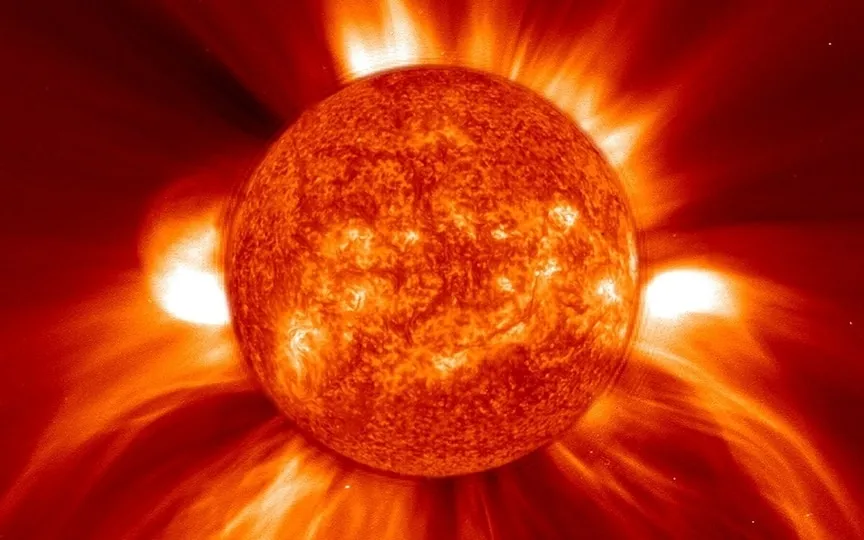Exploring Solar Flares and Coronal Mass Ejections: What to Know About the Sun’s Fiery Outbursts
Solar flares have been making headlines recently due to the increasing volatility of the Sun. As we approach the peak of Solar Cycle 25 in 2025, the Sun’s power is becoming more captivating. However, it is important to understand the significance of these phenomena. Solar flares and coronal mass ejections (CMEs) are remarkable events that can impact Earth, potentially affecting our electric infrastructure.
Understanding solar flares
Imagine the Sun as a gigantic cosmic fireworks show. The Sun triggers solar flares, which are like massive explosions on its surface. According to the ESA, these flares are created when energy stored in magnetic fields snaking above sunspots is suddenly released. These flares are capable of heating the stuff around them to millions of degrees, and across the electromagnetic spectrum they produce a burst of radiation.
Scientists classify solar flares based on their brightness at X-ray wavelengths.
Class X Flares: These are large in size and can have a greater effect. They are large events that can even scramble radio signals around the world and cause long-lasting radiation storms high in the sky on Earth.
Class M flares: They are medium sized flares. They cause brief radio disturbances, mostly around the Earth’s polar regions. Sometimes they also bring with them small radiation storms.
Class C flares: These flares are small. They are not very noticeable to us on earth, like tiny sparks in a fireworks display.
But that’s not all. There is another player in this cosmic drama – coronal mass ejections (CMEs). These are like huge bubbles of gas with magnetic stripes woven into them. They burst out of the sun over several hours, but are not always associated with solar flares. These CMEs can be a bit disruptive when they hit Earth. They can trigger geomagnetic storms that can cause problems like blackouts and even mess up the satellites that help us communicate. They have the ability to damage electronic equipment and satellites, and can even be a nuisance to astronauts and airplane passengers.
Solar flares can directly affect things like the Earth’s ionosphere and our radio signals. They also emit energetic particles into space. Understanding them is essential to avoid the damage to Earth caused by solar flares and CMEs. That is why scientists are constantly observing and studying them so that we can be prepared for the consequences.




